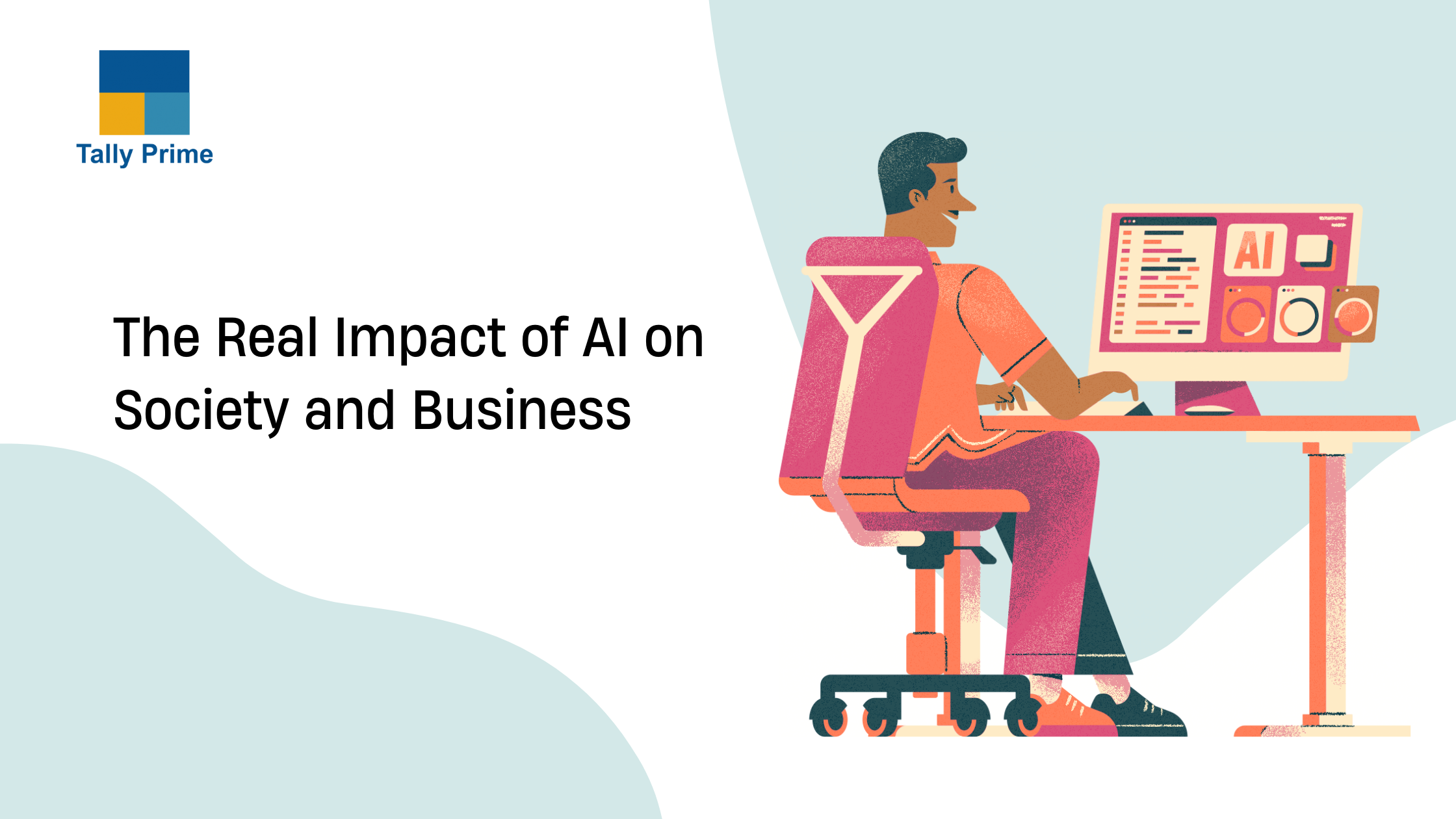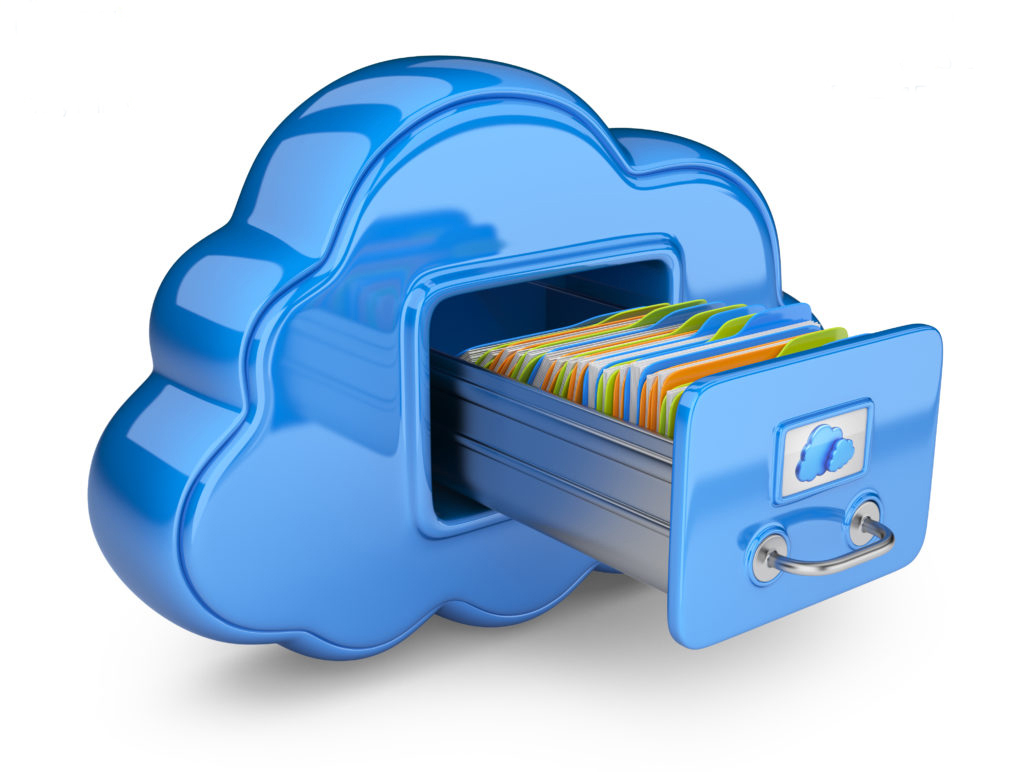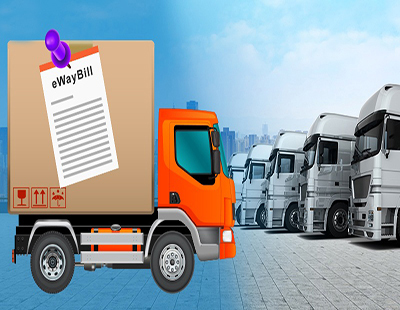I. Introduction
Artificial Intelligence (AI) has evolved from a futuristic concept to a real-world powerhouse shaping every aspect of modern life. From automating mundane tasks to predicting consumer behavior, AI is revolutionizing industries and redefining how society functions. Yet, as AI becomes more powerful and pervasive, the question arises—is it truly a blessing, or could it turn into a curse for humanity and business?
This blog explores both sides of the AI revolution—its remarkable potential to drive progress and its underlying risks that challenge ethics, employment, and trust.
II. The Bright Side: AI as a Catalyst for Progress
1. Boosting Efficiency and Productivity
AI systems automate repetitive tasks, streamline workflows, and analyze vast datasets faster than any human could. Businesses leverage AI-powered tools for smarter decision-making, demand forecasting, customer service, and fraud detection—saving time and resources while enhancing accuracy.
2. Transforming Industries
AI is transforming sectors across the board:
Healthcare: AI detects diseases early, supports diagnostics, and enhances personalized treatments.
Finance: Automated trading, fraud analytics, and robo-advisors make financial systems smarter and safer.
Retail: Personalized recommendations and chatbots redefine customer experience.
Manufacturing: Predictive maintenance and robotics optimize production and minimize downtime.
3. Driving Innovation and Creativity
Beyond automation, AI fuels creativity. Generative AI tools create art, design marketing campaigns, compose music, and even write code. Startups and enterprises are using AI to innovate faster than ever, transforming ideas into products with minimal resources.
III. The Flip Side The Hidden Challenges of AI
1. Job Displacement and Skill Gaps
While AI enhances efficiency, it also automates roles traditionally held by humans. Repetitive jobs in manufacturing, data entry, and customer support are at risk. This technological shift demands reskilling and adaptability, pushing societies to rethink the future of work.
2. Ethical and Privacy Concerns
AI thrives on data—but who owns that data? Facial recognition, surveillance systems, and predictive algorithms raise serious privacy and bias concerns. Unchecked, these technologies could reinforce inequality, invade privacy, or be misused for manipulation.
3. Dependence and Trust Issues
As organizations increasingly rely on AI for decisions, there’s a risk of over-dependence. Algorithms can make errors, perpetuate bias, or lack transparency (“black box” AI). When businesses can’t fully explain how AI decisions are made, trust becomes fragile
IV. Finding the Balance: Responsible AI for a Better Future
The debate isn’t about choosing between AI as a blessing or a curse—it’s about how we use it. Responsible AI development involves:
Transparency and Ethics: Ensuring algorithms are explainable, unbiased, and aligned with human values.
Regulations and Governance: Governments must set clear AI standards and policies to prevent misuse.
Upskilling the Workforce: Education systems and companies should focus on digital literacy and continuous learning to prepare employees for AI-driven roles.
Human-AI Collaboration: AI should augment human intelligence—not replace it—helping people make smarter, more informed decisions.
V. Conclusion
AI is neither inherently good nor bad—it’s a tool shaped by the intent and ethics of its creators and users. Used wisely, it has the power to revolutionize industries, improve lives, and unlock new economic opportunities. Misused or left unchecked, it could deepen inequality and erode trust.
Ultimately, the future of AI depends on us—on how responsibly we build, regulate, and integrate it into our world. The goal should not be to fear AI, but to harness its potential while safeguarding humanity’s core values.



